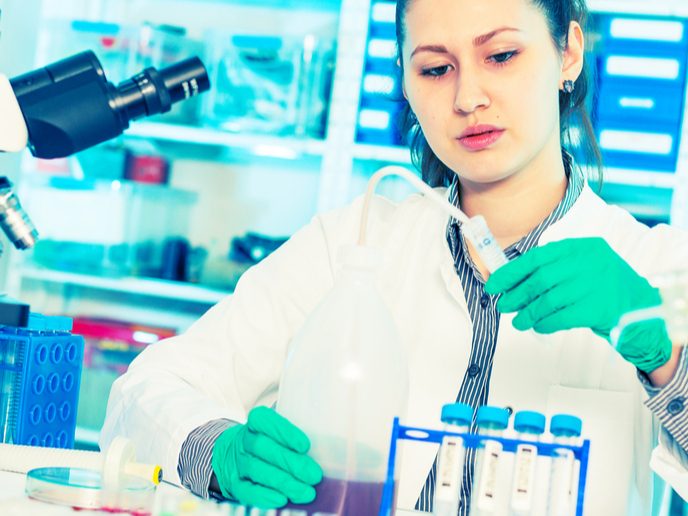ERA Chair identifies fake and adulterated foods
Food scandals, increased globalisation, and the complexity of the food supply chain have created a demand for greater transparency in food production and tracing the origin of a food product or its ingredients. Furthermore, intricate supply chains increase the number of critical points where contamination can occur. Fraud and food safety incidents put our health at risk, and food recalls, withdrawals, alerts and fake products cost the European food industry, and ultimately consumers, tens of billions of euros each year. High standards of food safety, quality (authenticity) and more secure ways to assure traceability, therefore, remain a priority for both consumers, producers and governments. The EU-funded ISO-FOOD project addressed these challenges by establishing a European research area (ERA) Chair for isotope techniques in food quality, safety and traceability based at the Jožef Stefan Institute (JSI) in Slovenia.
Sophisticated analytical methods employed
Isotope techniques play a crucial role in analysis, producing large detailed data sets. This, in turn, has led to the development of sophisticated chemometric methods for data evaluation, which combined with the analytical data makes it possible to discriminate between an authentic and a fake product. ISO-FOOD covered three main thematic ‘pillars’, the first of which focused on food authenticity. “This includes the development and application of analytical tools and infrastructure for verification of geographical origin, production origin (organic or conventional production) and species origin of food products,” says project coordinator Milena Horvat. Scientists conducted analysis based on elemental fingerprinting, molecular markers, supplementary and combined techniques supporting traceability (sugars, phenolics, fatty acids, molecular profiling). They also applied a range of analytical instruments and chemometric methods.
Contaminants studied
The second pillar involved translating characteristics of precipitation, water, soil and lithology, as well as agricultural practices into the fingerprints of local food products. “These can be used to determine the authenticity and provenance of food and feed products. We also used these signatures to create isotopic and multi-element maps and develop traceability systems and provide benchmarks for certification schemes,” explains Horvat. The final research pillar concerned food safety and developing the necessary methods and tools to detect, identify and characterise potentially hazardous chemical substances in food originating from polluted soil, air, and water, and substances intentionally or unintentionally introduced during food processing. According to Horvat: “Contaminants studied include organic substances derived from agricultural produce, food additives and packaging, essential, non-essential and toxic elements and their species, nanoparticles, and radionuclides both natural and human-made.” ISO-FOOD project enabled the JSI to make a significant contribution to food safety and quality control, and establish itself as a leader in the field of isotopic and elemental techniques in combating food fraud. “The new infrastructure has allowed the JSI to become the national leader in the use of isotopes and chemical analyses in determining food authenticity so that it is now on par with leading European research groups in the field,” Horvat concludes.
Keywords
ISO-FOOD, food safety, authenticity, isotope, supply chain, counterfeiting, European research area (ERA)



